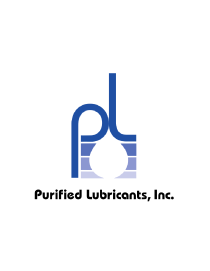“Do all environmentally friendly lubricants have approval from the U.S. Environmental Protection Agency (EPA)? How can you determine if lubricants are compliant with EPA standards?”

“Do all environmentally friendly lubricants have approval from the U.S. Environmental Protection Agency (EPA)? How can you determine if lubricants are compliant with EPA standards?”

These days, reliability professionals are faced with diverse options related to technologies and methods to detect, troubleshoot and remediate problems. Figure 1 is a simple example of the available options to collect data and arrive at decisions regarding the health of machinery and machine components.

Oil sight glasses work by giving you a real-time snapshot of the oil inside your machinery without having to shut anything down. This live inside look plays a critical role in condition monitoring and early detection.

Which lubrication misconceptions are hurting your operations? It’s well worth your time to find the answers. Addressing lubrication issues can provide any industrial facility with significant financial opportunities and a rapid return on investment (ROI).

Circulating oil systems or lube skids provide continuous flow of lubricant to bearings, gearboxes and blowers. They lubricate machinery used to pump stormwater, circulate fresh air into mines, extract oil, power ships, manufacture paper and chemicals, and test military equipment.

